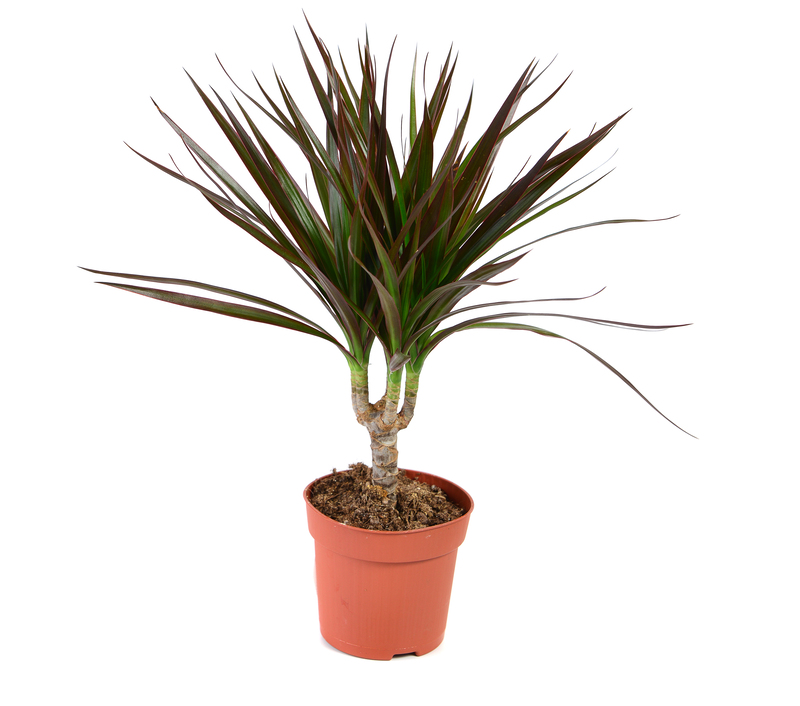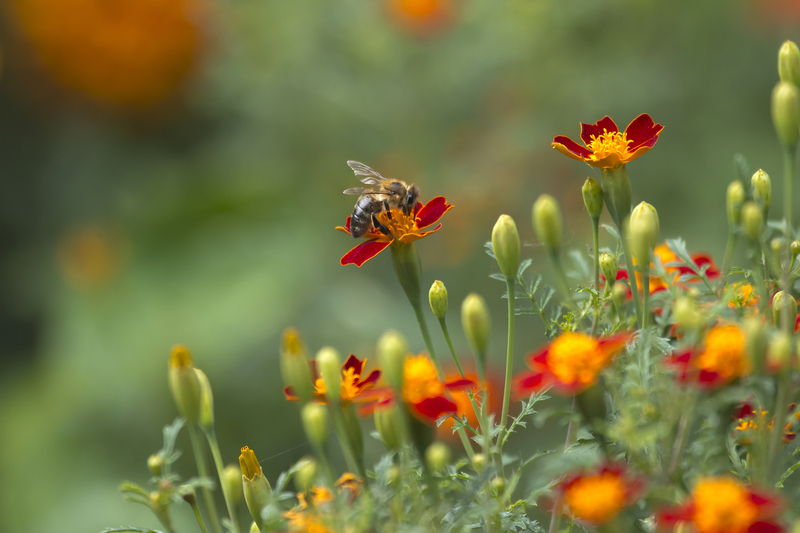Summer Lawn Survival Guide: Beating Drought Damage Before It Starts
Summer can be tough on lawns, especially as long, hot, dry spells begin to dominate the weather. A lush green lawn is often one of the first casualties of drought, but with the right preparation and care, you can keep your grass looking healthy and vibrant even during the most intense summer months. In this summer lawn survival guide, we'll explore expert tips for preventing drought damage before it starts, strategies for water-wise lawn care, and smart solutions to support your grass through harsh conditions.
Understanding Drought Stress on Lawns
Drought stress happens when there is not enough soil moisture to support healthy grass growth. During dry summer months, lawns can quickly turn brown, patchy, and thin if not managed properly. Recognizing early signs of drought damage is essential so you can take proactive steps to prevent further harm.
Signs Your Lawn Is Experiencing Drought Stress
- Browning or yellowing grass blades
- Grass wilts, curls, or appears limp
- Cracks in the soil surface
- Slow spring-back when grass is walked on (footprints remain visible)
- Patchy or thinning turf
If you notice any of these symptoms, your lawn may already be suffering. However, prevention is far more effective than rescue treatments. The following strategies will help you build a resilient, drought-tolerant lawn capable of surviving under summer stress.

Preparing Your Lawn for a Stress-Free Summer
1. Choose the Right Grass Seed or Sod
Selection matters significantly when establishing a durable, drought-resistant lawn. Some grass species are naturally better suited to dry and hot conditions. Selecting drought-tolerant grasses gives your lawn an edge, especially in regions prone to extended dry spells.
Top drought-hardy cool-season grasses:
- Tall Fescue
- Fine Fescue blends
- Kentucky Bluegrass (certain cultivars)
Best warm-season drought-tolerant grasses:
- Bermuda grass
- Zoysia grass
- Buffalo grass
- St. Augustine grass (some varieties)
Tip: Consult with local garden centers or university extensions for recommendations specific to your climate and soil.
2. Create Deep Roots Before Summer Hits
Healthy, deeply-rooted lawns withstand drought far better than shallow-rooted ones. In late spring, start watering infrequently but deeply. This encourages roots to grow downwards in search of moisture. A lawn with a deep root system can tap into deeper soil moisture reservoirs during drought.
- Water 1-1.5 inches per session, once or twice weekly
- Avoid light daily sprinkling which discourages deep roots
Water-Wise Lawn Care Strategies
3. Water Smartly
Drought often leads to water restrictions, making every drop of water precious. Learn water-efficient irrigation practices:
- Water in the early morning to minimize evaporation loss
- Check your sprinkler system for leaks and overlap
- Target irrigation to zones that show stress first
- Use soaker hoses or smart irrigation controllers for precise watering
- Install a rain sensor to avoid watering during or after rainfall
Remember: Letting your lawn go dormant is sometimes the best choice in severe drought. Grass will often recover when rains return--just provide the minimum amount needed (about 0.25 inch every 2-3 weeks) to keep roots alive.
4. Improve Soil Health and Structure
Healthy soil is the foundation for drought-resistant turf.
- Aerate your lawn every spring or fall to alleviate compaction and promote airflow to the roots
- Top-dress with organic compost to boost water retention and provide nutrients
- Test your soil and adjust pH levels as needed for optimal grass growth
Mowing and Maintenance Techniques for Drought Defense
5. Mow High, Not Low
One of the secrets to a healthy, drought-proof lawn is raising your mowing height during summer:
- Keep grass 3-4 inches tall (per type)
- Taller grass shades soil and conserves moisture
- Deep roots develop under higher mowing
- Leave grass clippings to mulch and recycle nutrients
6. Sharpen and Maintain Your Mower Blades
Dull mower blades tear grass rather than cut it cleanly, causing stress and increasing water loss. Always keep your blades sharp for a fresh, clean cut, which reduces vulnerability to drought and disease.
7. Mulch, Don't Bag
During drought, mulching your clippings can help:
- Retain soil moisture
- Add organic material back to the lawn
- Keep the soil cooler
Fertilizing and Turf Nutrition Under Drought
8. Fertilize Carefully
Over-fertilizing in late spring or summer can burn delicate, drought-stressed grass. Here's what to know:
- Apply a slow-release, balanced fertilizer in early spring, before high heat begins
- Limit nitrogen during heatwaves, as it pushes new growth requiring extra water
- Instead, focus on potassium and phosphorus, which support root strength and drought tolerance
Lawn Alternatives and Supplemental Solutions
9. Consider Drought-Tolerant Lawn Alternatives
For severe drought-prone regions, traditional grass may not always be the best choice. Consider:
- Groundcovers such as clover, dwarf mondo grass, or thyme
- Native prairie grasses and wildflower meadows
- Low-water sedge lawns
10. Smart Irrigation Systems and Rain Harvesting
Upgrade your irrigation with:
- Drip irrigation or subsurface moisture systems for highly efficient watering
- Rain barrels to collect and store roof runoff for supplemental watering
- Soil moisture sensors that automatically adjust watering based on real-time conditions
Additional Tips: Beating Drought Damage Before It Starts
Spot-Repair and Overseed Thin or Bare Areas
Repairing bare or thin patches in late spring or early fall gives new grass a head-start before drought arrives. Select a drought-tolerant seed blend and ensure good soil contact.
Control Weeds and Pests Early
Weeds and pests compete with lawn grass for precious moisture and nutrients. Stay proactive:
- Use pre-emergent herbicides in early spring
- Spot-treat broadleaf weeds
- Scout for grubs and other turf pests before populations peak
Adjust Lawn Activities During Drought
Limit heavy foot traffic and lawn activities when drought stress is high. Concentrated use can crush stressed grass, slowing recovery and increasing damage.
The Environmental and Economic Benefits of a Drought-Smart Lawn
Beating drought damage is not just about maintaining appearances. Water-wise lawns conserve vital resources, reduce water bills, and promote a healthier ecosystem. By following these practices, you can keep your lawn beautiful, functional, and sustainable all summer long.

Frequently Asked Questions About Beating Lawn Drought
Can I water my lawn less and still keep it green in the summer?
Absolutely! The key is to water deeply and less frequently. Well-established, deeply rooted lawns can go longer between waterings, especially if you use mulch and maintain healthy soil.
How do I know if my grass is dormant or dead after summer drought?
Dormant grass looks brown and dry but is still alive at the roots. Gently tug on the grass--dormant turf will resist uprooting, while dead grass will pull away easily.
What is the best mowing height to resist drought?
Always mow at the highest recommended height for your grass variety during hot summer months--typically 3-4 inches.
Should I overseed with drought-tolerant grass seed?
Yes, especially if you have cool-season grass. Overseeding improves your lawn's density and drought tolerance. The ideal time is early fall or late spring, depending on your climate.
Are soil wetting agents helpful for summer lawns?
In certain soil types, like sandy or hydrophobic soils, wetting agents may aid water absorption and spread. Choose a product designed for lawns and always follow manufacturer instructions for safe use.
Conclusion: Beat Drought Damage Before It Starts
An ounce of prevention is truly worth a pound of cure when it comes to summer lawn care. By understanding water-wise strategies, building deep, healthy roots, and providing smart seasonal maintenance, you can take the upper hand against summer drought damage. Start implementing these tips in spring, and enjoy a lush, resilient lawn--even during the hottest days.
Remember: Adaptation and preparation are the keys to beautiful and sustainable summer turf. For further advice specific to your region, consult your local extension office or turfgrass expert.
Beat drought damage before it starts--start now, and keep your lawn thriving all summer!